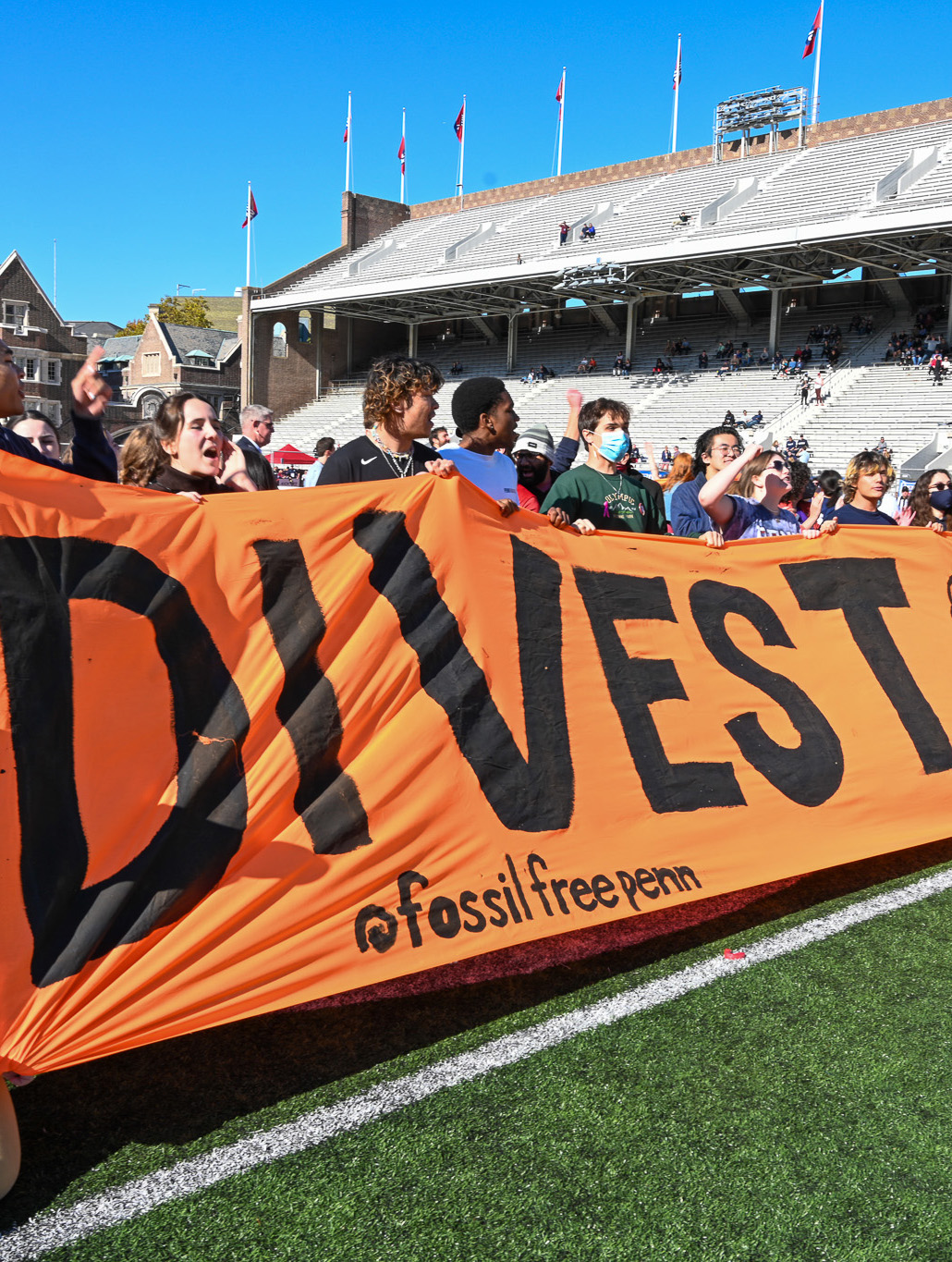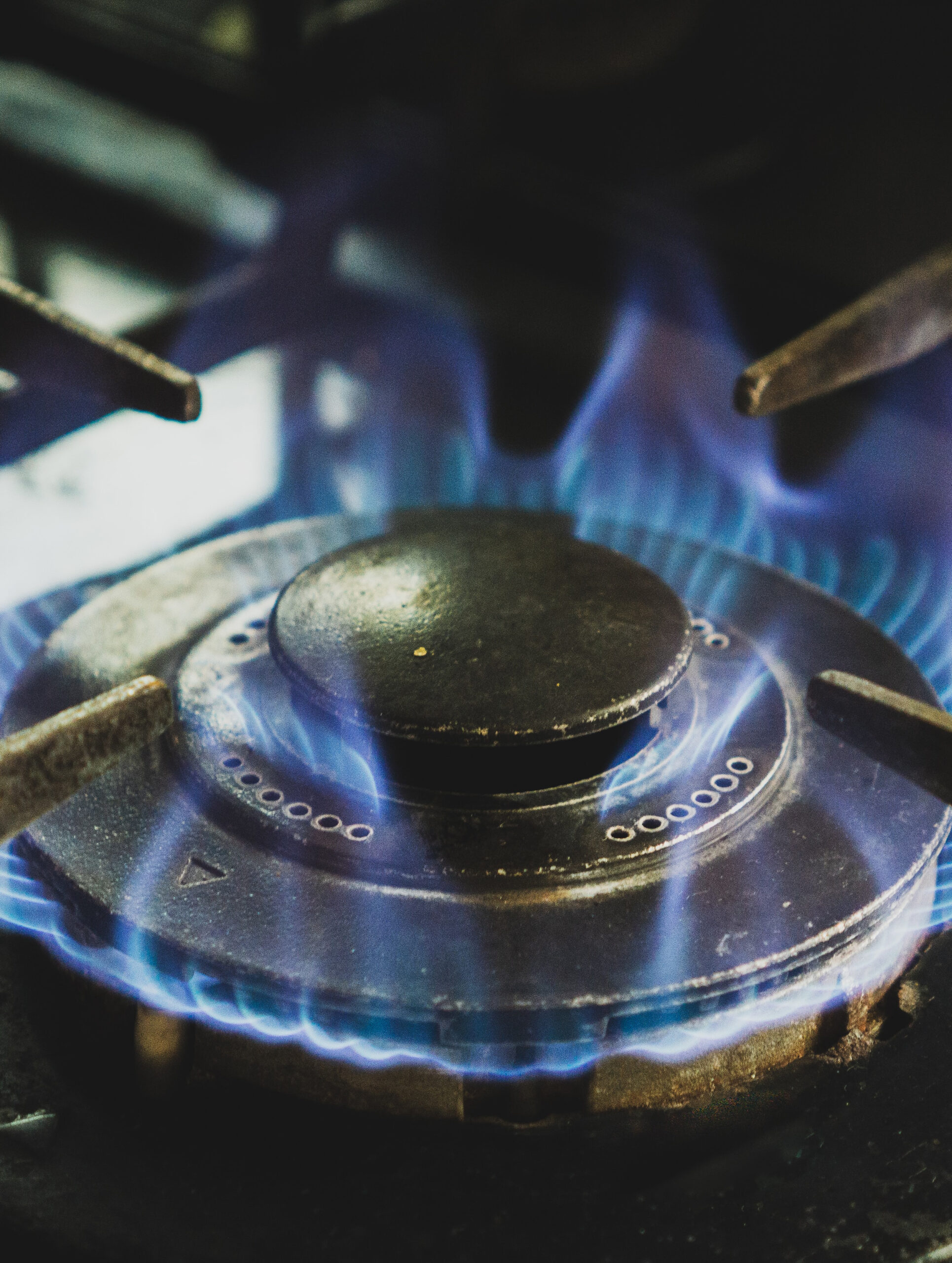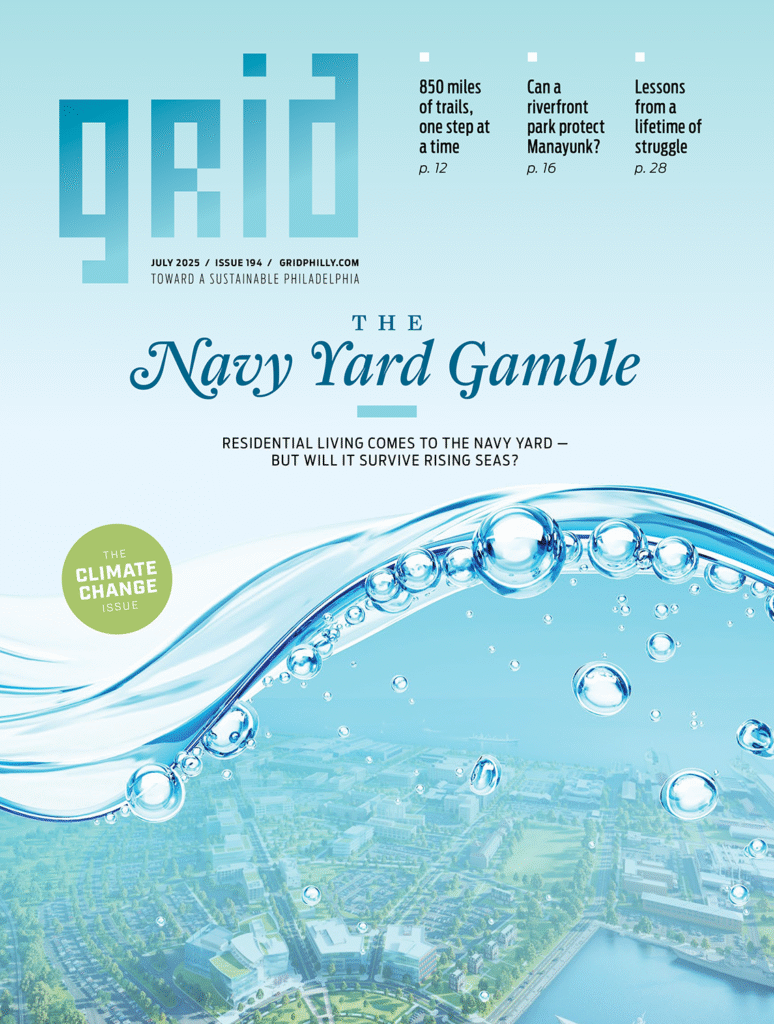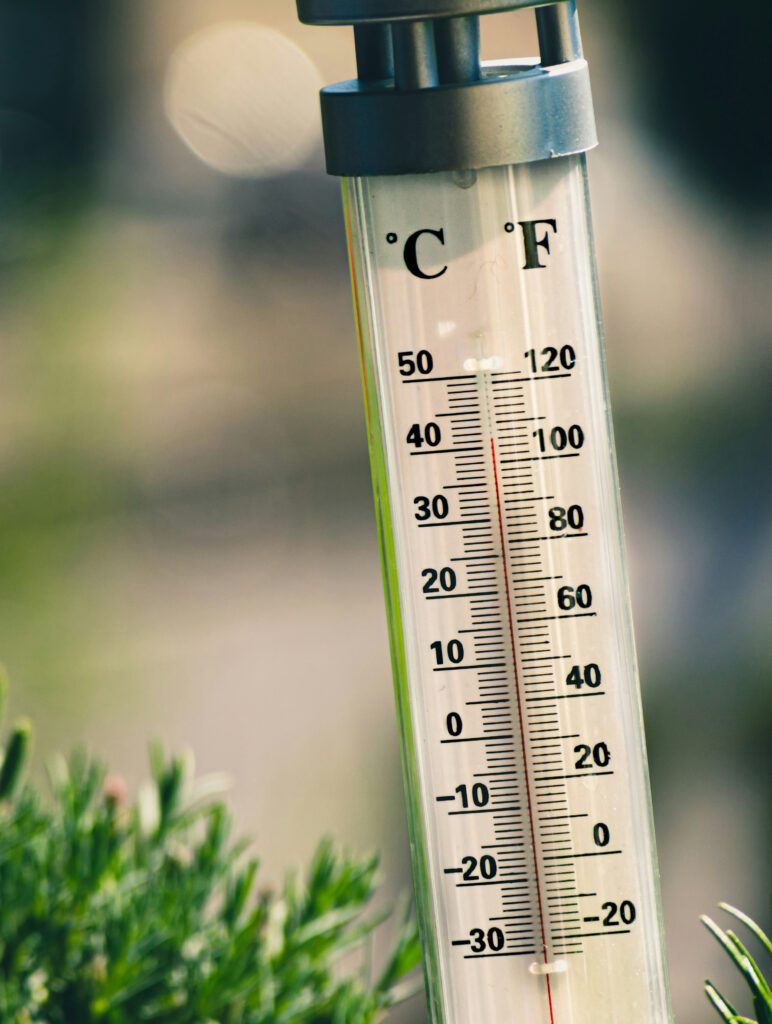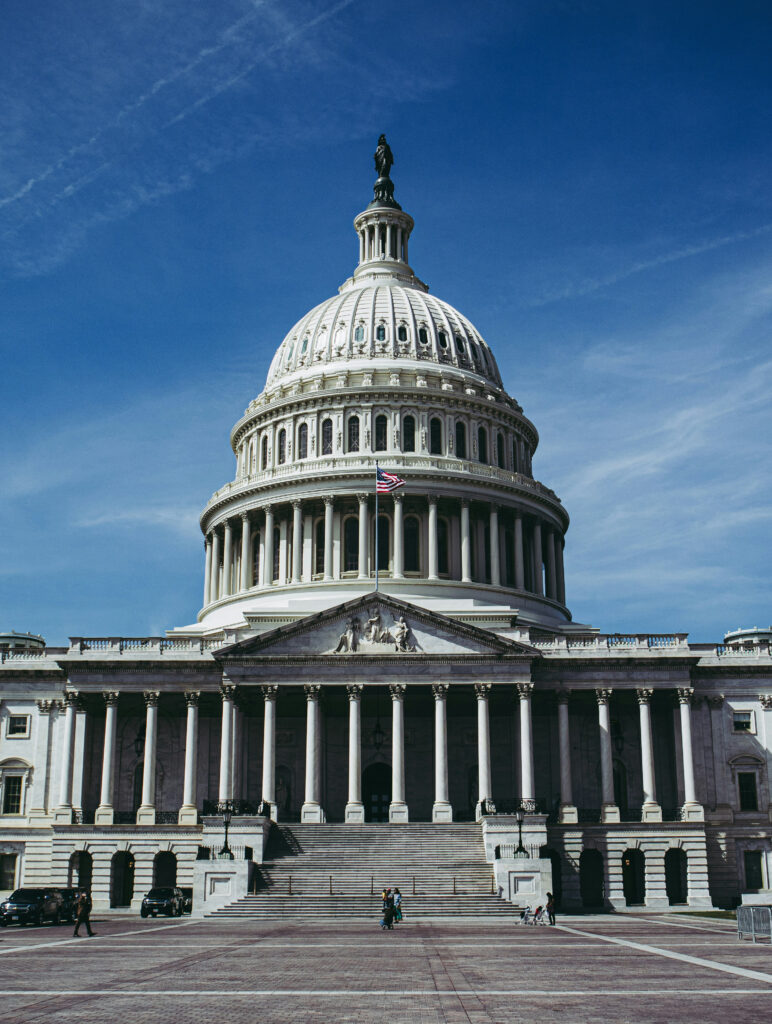When Regina, 66, an Upper Roxborough resident for 30 years, went to vote in the 2020 election, she rode the bus a mile and walked an easy block to her polling place in the Cathedral Village senior living center. But if she wanted to vote in person this November, she would first have to take a bus, then walk nearly a mile on a street with no sidewalks to get to Lankenau High School, her new voting location, on Spring Lane.
“I feel like they’ve made it an obstacle,” says Regina, who asked not to have her full name published. “If you live in the periphery of the city and you don’t have a car, you’re a noncitizen. It’s like they want us to disappear.”
Al Schmidt can commiserate. After serving as city commissioner for 10 years, he joined the Committee of Seventy, an advocate for effective government, as president and CEO earlier this year. When he moved to East Falls during his time in office, his polling place changed four times in four years. “And I was in charge of making those decisions,” he points out.
If it seems like the City of Philadelphia has been playing musical chairs with polling places in recent years, that’s not far from the truth. Following a 2009 consent decree that forced the City to bring its elections into compliance with the Americans with Disabilities Act, Philadelphia has closed hundreds of inaccessible polling places, replacing them with a smaller number of more accessible locations. The result: A city with 1,703 voting divisions has gone from more than 1,200 polling places in 2009 to just 708 this year. That means more people are being asked, like Regina, to travel farther to vote in a state that recently ranked 32nd in the country for ease of voting access.
Even those in Philadelphia with nearby polling places may have to cross a major roadway like Roosevelt Boulevard or Ridge Avenue — an unwelcome prospect for anyone with limited mobility, Schmidt says.“What you see is unintentional voter suppression, where elderly voters, in particular, are forced to walk long distances or arrange for some other transportation to get to their polling place because of the ADA requirements.”
While he makes clear that it’s important for polling places to be wheelchair-accessible, he laments the unintended consequences of the City’s attempts to address that problem. The City now temporarily modifies many buildings with ramps or other allowances for accessibility on Election Day — accounting for almost half of all voting divisions — but many church basements and community centers now go unused.
“It doesn’t mean you shouldn’t do it, but it definitely comes at a price,” Schmidt says, “and the price is moving polling places farther away from where people live.”
The challenges the city faces in making polling places accessible mirror the adversity encountered on a daily basis by the disability community, Jennifer Garman, director of government affairs for Disability Rights Pennsylvania, says. Installing a temporary ramp to modify an older building doesn’t remove every obstacle to voting, she notes. Transportation issues are prevalent — and exacerbated by the growing distance many voters must now travel.

“A lack of curb cuts on sidewalks and other barriers don’t disappear simply because it’s Election Day,” Garman says.
There is also cause for concern about the consolidation of polling places in minority neighborhoods, Garman says.
“No civil rights community should be pitted against another as these decisions are being made,” she says. “We want all communities to have equal access to polling places.”
For her part, Catherine Hicks, president of the Philadelphia chapter of the NAACP, is heartened by the increased access provided by early and mail-in voting.
“I am concerned that there are not as many polling places,” Hicks says, “but I find it promising that there are other options.”
Acknowledging the rise in transportation challenges, Hicks says her organization is enlisting churches and other institutions to help lead a call to action to get a plan — and, where necessary, a ride — in place before Election Day.
Omar Sabir has also experienced the recent shift. He used to walk down the street on Election Day to vote in his neighbor’s basement, but inaccessibility led to that location being closed.
Sabir became a city commissioner in January 2020, just in time for the twin tides of the pandemic and vote-by-mail to alter the election process. The city commissioners are doing their best to accommodate as many voters as they can in a changing landscape, he says. There are 18 locations open for ballot drop-offs, as well as mobile drop boxes, and the City is partnering with churches and other organizations to provide transportation for those in need.
Most municipalities closed down polling locations upon introducing vote-by-mail, but roughly three-quarters of Philadelphians still vote in person, Sabir says.
“We’re basically doing dual elections,” he says. “When I tell people [in other cities] how many polling locations we have open, they call us crazy. They say, ‘Why are you doing that?’”
Sabir says more funding for the city commissioners would allow for more creative solutions to get people to the polls — and to improve accessibility across the board. Schmidt notes that federal funds from the Help America Vote Act of 2002 made it feasible to modify older buildings. And every new building must be ADA-accessible, so each one is a potential new polling place to ameliorate the problem.
“The reason why we have 1,700 precincts is so people don’t have to drive to get to their polling place,” Schmidt says.
For Philadelphians like Regina, who hasn’t lived with a driver in years, the growing distance to a designated polling place is becoming an onerous burden.
“They should make each polling place accessible by public transit,” she says. “That should be mandatory.”


